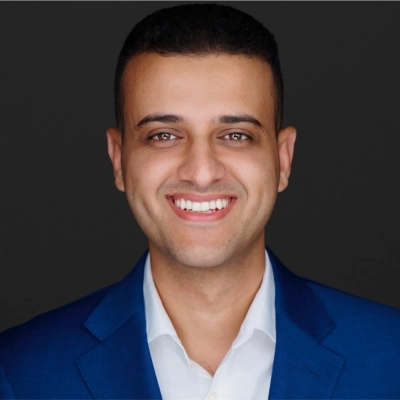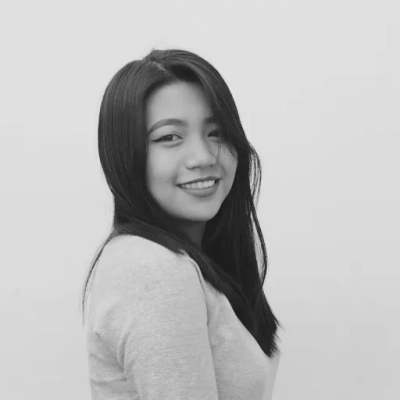3 Experiences With Multifocal Contact Lenses
Multifocal contact lenses have revolutionized vision correction for those with presbyopia. This article explores real-world experiences and insights from eye care professionals and users alike. From an eye surgeon's recommendations to a therapist's adaptation for her bilingual practice, discover how patience and persistence can lead to successful outcomes with these innovative lenses.
- Eye Surgeon Recommends Multifocal Contacts
- Patience Pays Off for Multifocal Contact Users
- Therapist Adapts to Multifocals for Bilingual Practice
Eye Surgeon Recommends Multifocal Contacts
As an eye surgeon, I often recommend multifocal contact lenses to patients who want to reduce their dependence on reading glasses as they age. The experience with these lenses is generally positive, but it requires careful selection and patient education. Unlike single-vision contacts, multifocals are designed to provide both distance and near correction, which can take some time for the brain to adapt to.
Most patients appreciate the convenience once they adjust, especially those with active lifestyles who do not want to switch between glasses for different tasks. It is important to understand that the vision they provide is a balance. They may not deliver perfect clarity at every distance, but they offer functional vision across ranges that many people find very worthwhile.
From my perspective, success with multifocal contact lenses comes down to setting the right expectations and ensuring proper fitting. When patients know what to expect and are guided through the adaptation period, they tend to be very satisfied with the results.

Patience Pays Off for Multifocal Contact Users
Yes, I transitioned to multifocal contact lenses after relying on readers for several years, and the adjustment was noticeable but worthwhile. At first, the shift between near and distance vision felt slightly disorienting, particularly when moving from reading charts up close to focusing across a room. Within two weeks, my eyes adapted, and the convenience of not switching between glasses and lenses outweighed the early learning curve.
The greatest benefit has been during long workdays where tasks constantly vary—reviewing documents, handling equipment, and speaking with patients. Multifocals allowed seamless transitions without interruption, which reduced eye strain and improved efficiency. For anyone considering them, I'd recommend patience during the adjustment period and close communication with an eye care professional to fine-tune the prescription. The long-term comfort and practicality make the experience positive once that initial hurdle is overcome.

Therapist Adapts to Multifocals for Bilingual Practice
As someone who spends long hours doing detailed therapy work - reading client notes, conducting video sessions, and reviewing EMDR protocols - I switched to Acuvue Oasys for Presbyopia about two years ago. The transition occurred when I noticed eye strain during back-to-back online sessions with my bicultural clients.
The adaptation period was more challenging than I expected, especially during my first week of EMDR sessions. I experienced slight visual "jumps" when switching between looking at my client on screen and checking my session notes. My eye doctor warned me this was normal, but it was still frustrating when precision is crucial in trauma therapy.
What surprised me most was how much better they worked for my bilingual practice. When I'm reading intake forms in Spanish and then immediately switching to English digital resources, the seamless focus transition became a game-changer. Previously, I was constantly adjusting reading glasses during sessions, which felt disruptive to the therapeutic flow.
The biggest downside is nighttime driving after long therapy days. The halos around streetlights are more noticeable when I'm already tired from intensive EMDR work. I keep a pair of single-vision glasses in my car for evening drives home from the office.


